What is the proportion of cold extracted coffee to water powder? how to make ice drop cold soaked coffee 1000ml water? how much coffee powder?
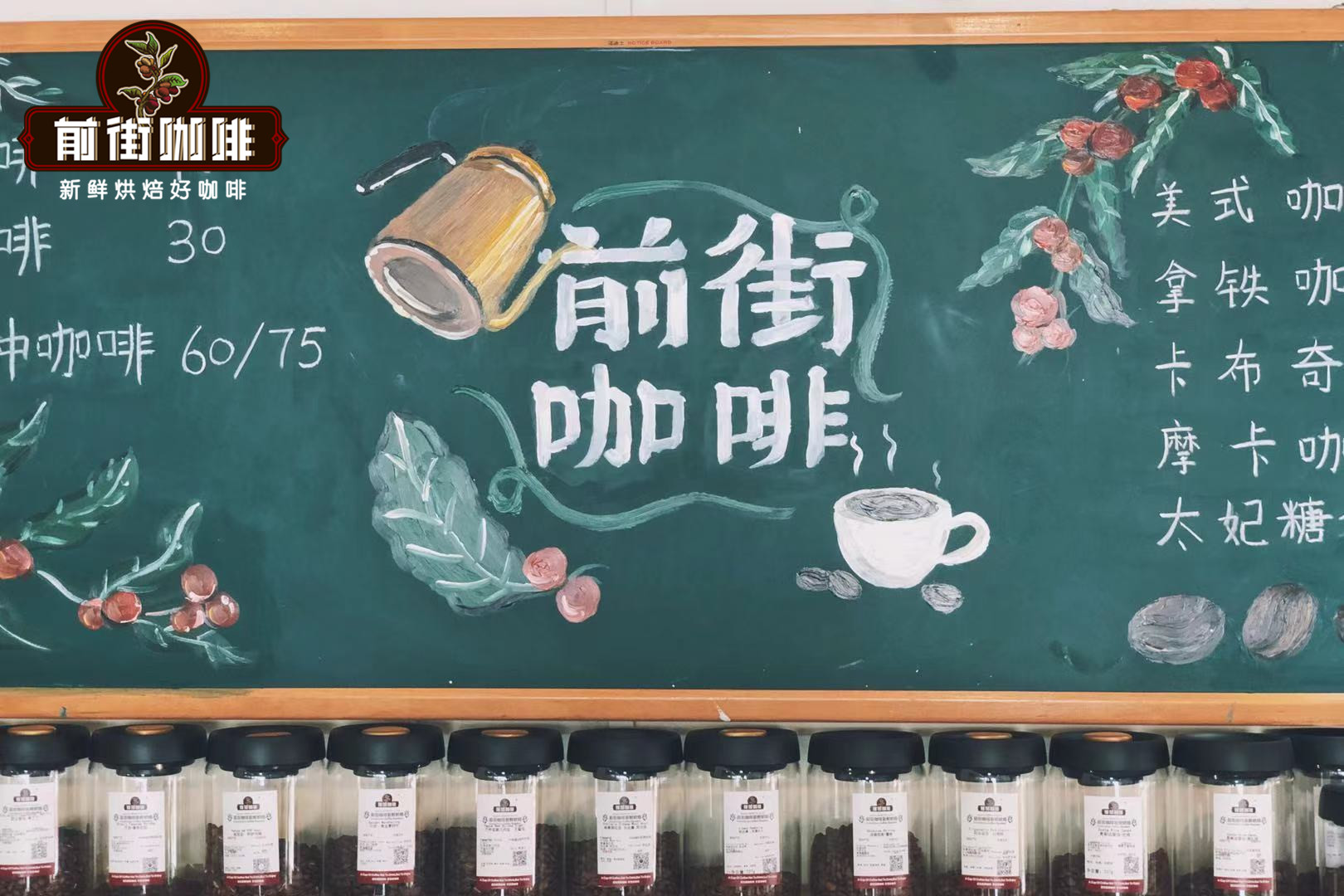
When going out on this hot day, the pretty girl in front of the screen can't stand up to herself if she doesn't have a cold drink on her hand. And as a coffee lover, of course that cold drink is coffee. Here, Qianjie is going to ask: do you know that cold-extracted coffee is divided into cold bubble type and ice drop type? And it is not difficult for friends who often come to Qianjie stores to know that the cold coffee produced by Qianjie stores is generally only ice-dripping.
People's understanding of coffee is mostly hot, but with the passage of time, it reached 2015, because Starbucks vigorously promoted cold coffee. Since then, cold coffee has become popular in Europe, the United States and even the whole world.
Iced coffee made from coffee liquid extracted by hot water at high temperature is cooled with ice cubes. If the ratio of powder to water is not correct, the taste of the coffee may be plain or bitter. On the contrary, the coffee extracted by low-temperature water tastes milder and sweeter, not too sour or too astringent.
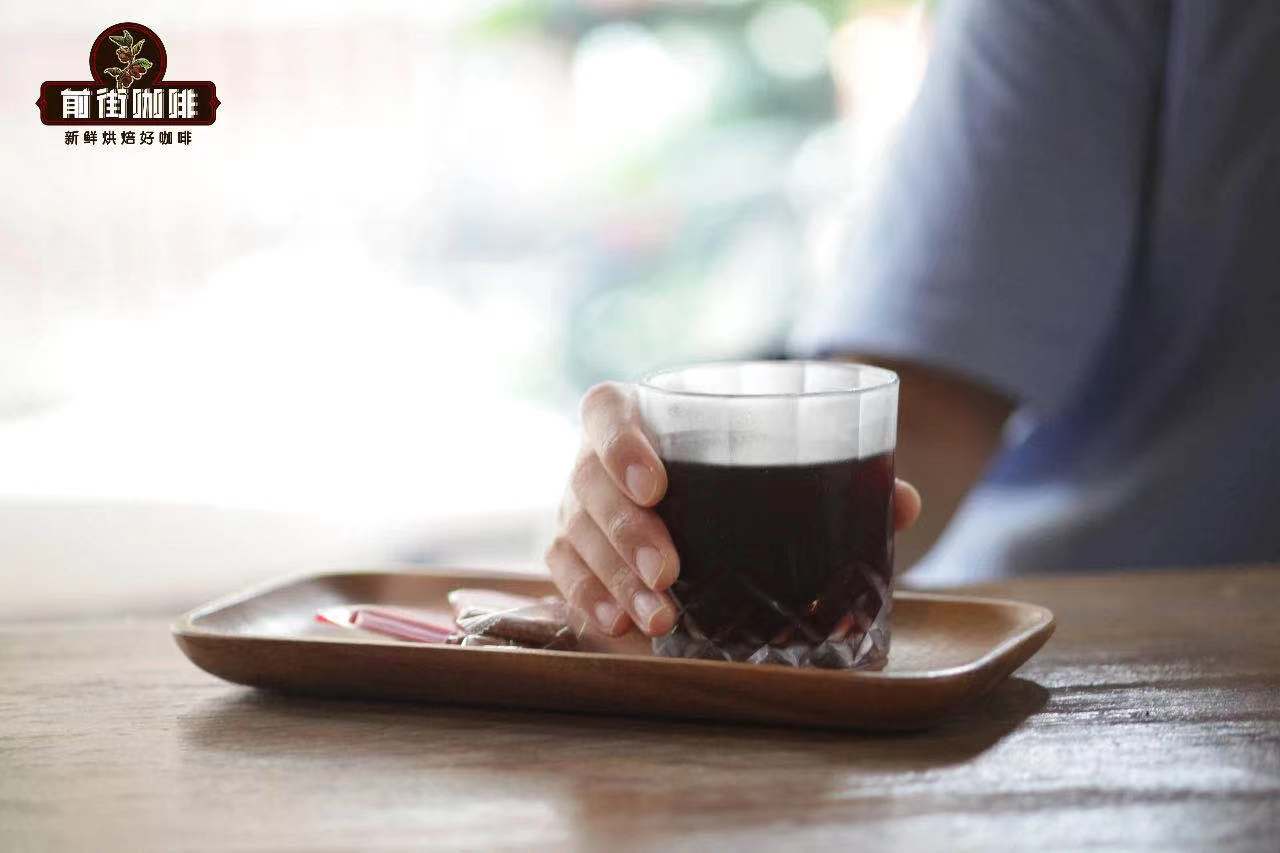
Qianjie Coffee uses a powder-to-water ratio of 1:10 when making cold-extracted coffee, taking into account the different tastes of each partner, and when drinking, add appropriate amount of ice to the cup, first, to keep warm, and second, as the ice melts, the concentration of coffee slowly drops, so as to meet the preferences of different concentrations of small partners.
Cold brewed coffee
Cold bubble coffee is the cold coffee promoted by Starbucks at that time, and its meaning is not difficult to understand literally. Cold coffee is the coffee liquid extracted by soaking coffee powder in cold water. The way to make cold coffee is also very simple, and the tools required are not as complicated as ice-drop coffee.
[the method of making cold-brewed coffee in front street coffee]
Qianjie coffee is based on 50 grams of powder. in the choice of grinding degree, although the water temperature of extraction is much lower than that of hand-brewed coffee, it is extracted by soaking for a long time, so choose a slightly thicker grinding degree than hand-brewed coffee. if you sift with the Chinese standard No. 20 sieve, the screening rate is 65%. Put the coffee powder into a glass bottle, then pour 500g of water into the bottle, the ratio of powder to water is 1:10, then use a mixing stick to mix the coffee powder and water, seal and store in the refrigerator.
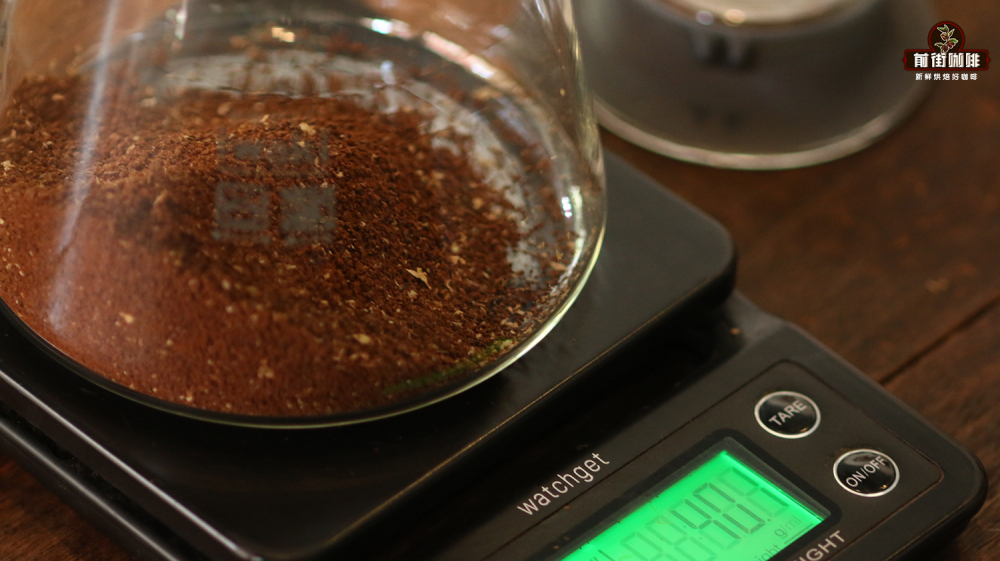
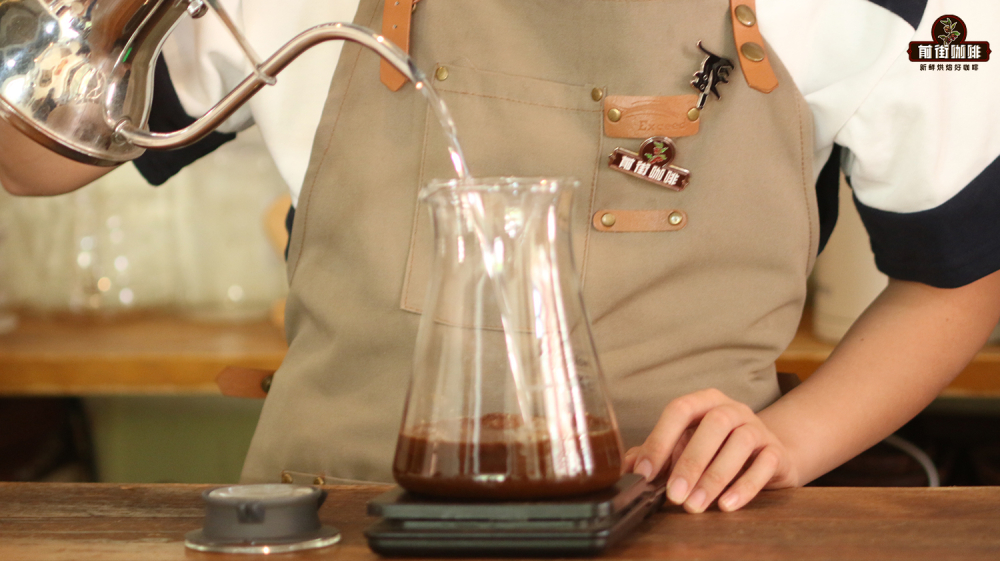
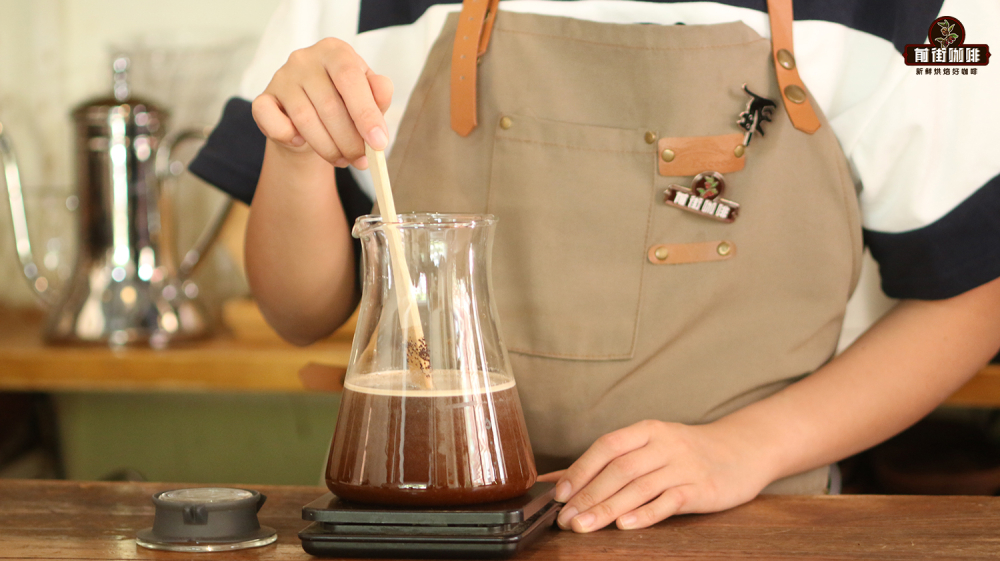
After refrigerating in the refrigerator for 12 to 24 hours, filter the coffee grounds with filter paper to get a clean coffee extract. Then use a clean glass bottle to pack the filtered coffee liquid and refrigerate it for about 4 hours.
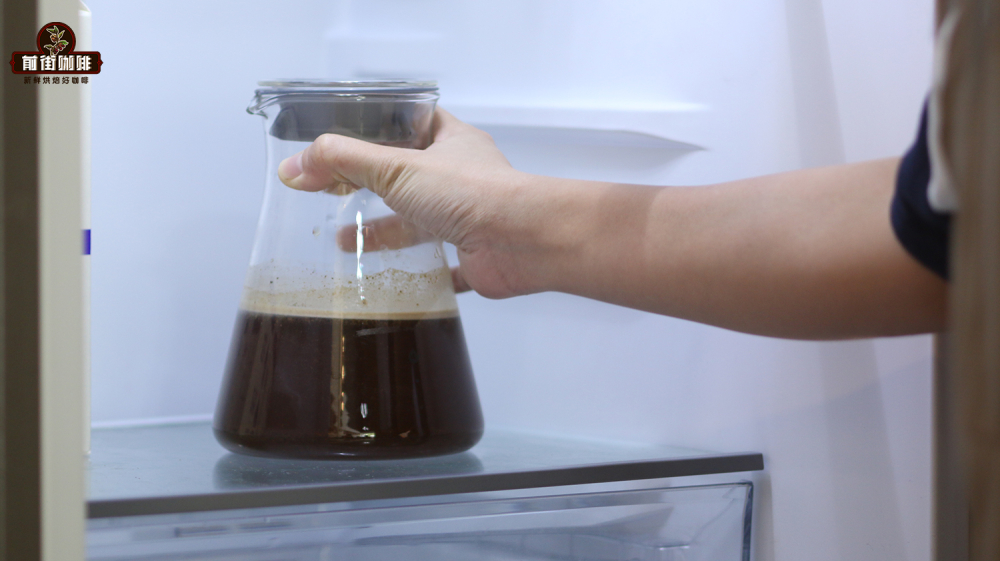
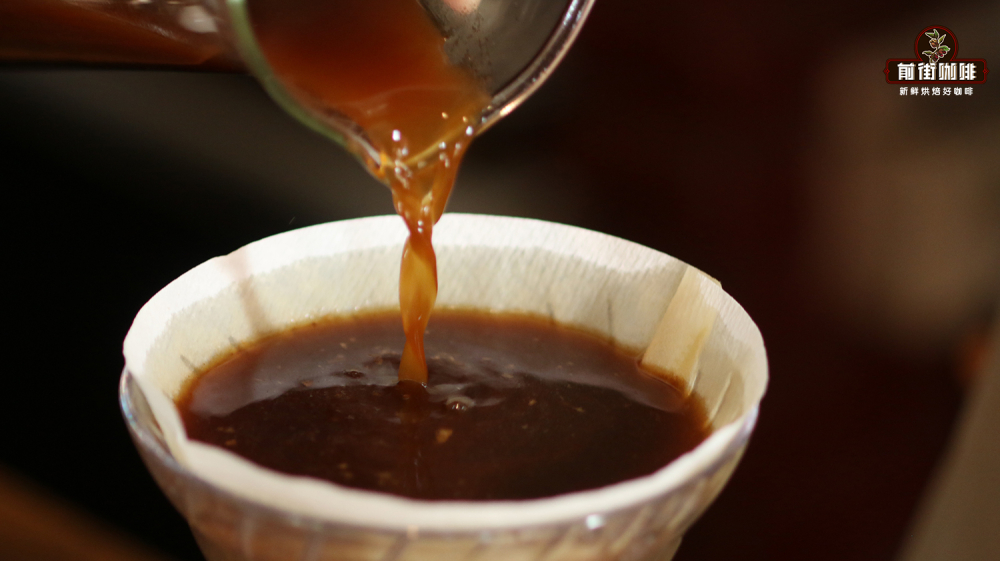
Before, the baristas of Qianjie Coffee used the Sidamo candle to compare the flavor and taste of this bean at different extraction times. It is found that the longer the coffee powder is soaked in water, the stronger the flavor of the coffee extract is, and the stronger the concentration is, the more obvious the sour, sweet and bitter feeling is, and the shorter the extraction time is, the softer the flavor is. The thinner the concentration is.
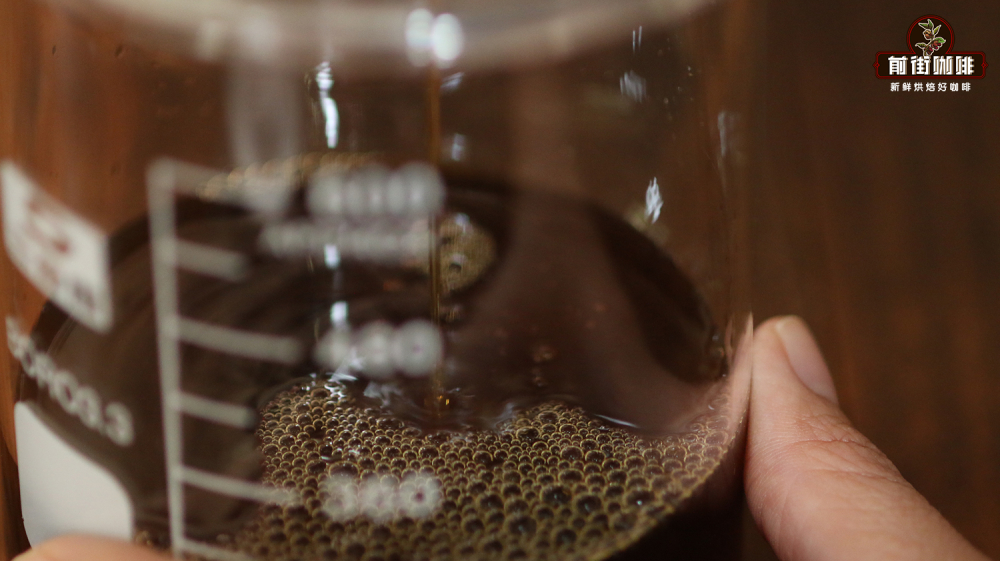
It is very realistic that although low temperature extraction is not easy to extract the miscellaneous flavor and bitterness of coffee beans, but after all, it takes a long time to extract, coupled with the fact that cold-soaked coffee is still soaked, the baristas of Qianjie Coffee suggest thickening the grinding degree. Cold-soaked coffee is not that the longer the extraction time, the better it tastes better. Good or bad is a very subjective thing. Some people prefer light coffee, while others prefer heavy taste, which varies from person to person. If you like strong and strong fermentation, you can adjust the ratio of powder to water according to your preference and prolong the extraction time.
Ice drop coffee
It is said that ice drop coffee was invented by the Dutch, but it is very popular in Japan and South Korea. Even in Japan, it has a history of hundreds of years. Many famous ice drop appliances also come from Japan and South Korea. Even every local cafe in South Korea sells ice drop coffee. Its English expressions are "Kyoto Coffee" (Kyoto coffee) and "Japanese-style slow-drip" (Japanese style slow drop).
[the method of making iced coffee from Qianjie Coffee]
Qianjie coffee is based on 60 grams of powder. in the choice of grinding degree, because the temperature of the water in contact with coffee powder is much lower than that of ordinary hand-brewed coffee, the grinding degree is 85% of the screening rate of Chinese standard No. 20 sieve. The whole extraction time is 6 to 8 hours, and the ratio of powder to water is the same as cold coffee at 1:10.
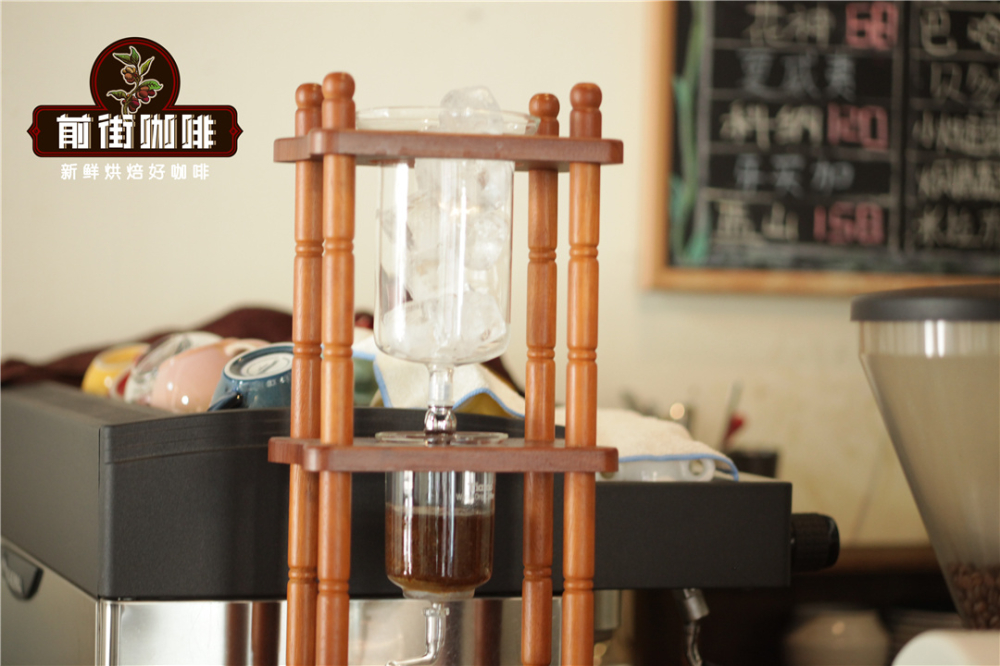
① first put a round filter paper at the bottom of the powder cup and wet it with water to fit the cup wall.
② pours the ground coffee powder into the powder cup, shakes the surface, and gently presses the powder layer with heavy objects to make the surface smooth.
③ spread a piece of filter paper on the coffee powder layer to avoid uneven extraction caused by dripping water for a long time to drip the powder bed out of a pit.
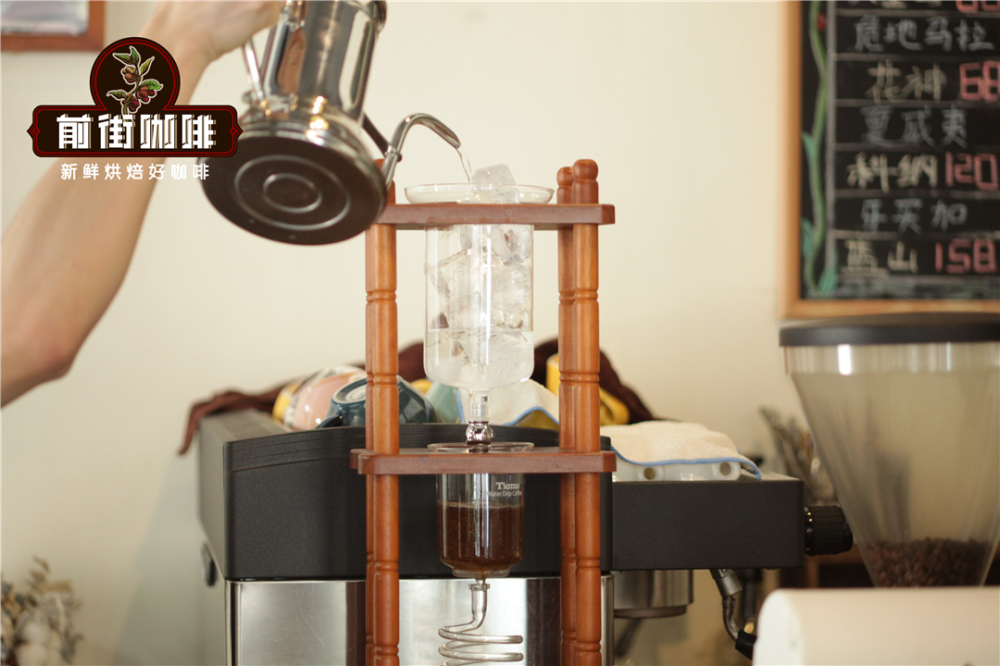
④ uses ice water to moisten the whole coffee powder layer evenly, which plays the effect of steaming in hand-brewed coffee and improves the consistency of extraction effect and finished product.
⑤ loads the 1:1 ice-water mixture into the water receptacle and adjusts the throttle drip speed to 10.7 drops.
⑥ pours the finished coffee liquid into a coffee bottle and refrigerates it so that the extract is fermented and fused.
So, what kind of coffee beans are suitable for cold extract coffee? In this greasy summer, Qianjie Coffee is recommended to use Qianjie Coffee, a Kenyan Asalia coffee bean, to make cold coffee. The coffee made from this Kenyan bean is refreshing, clean and light and sour.
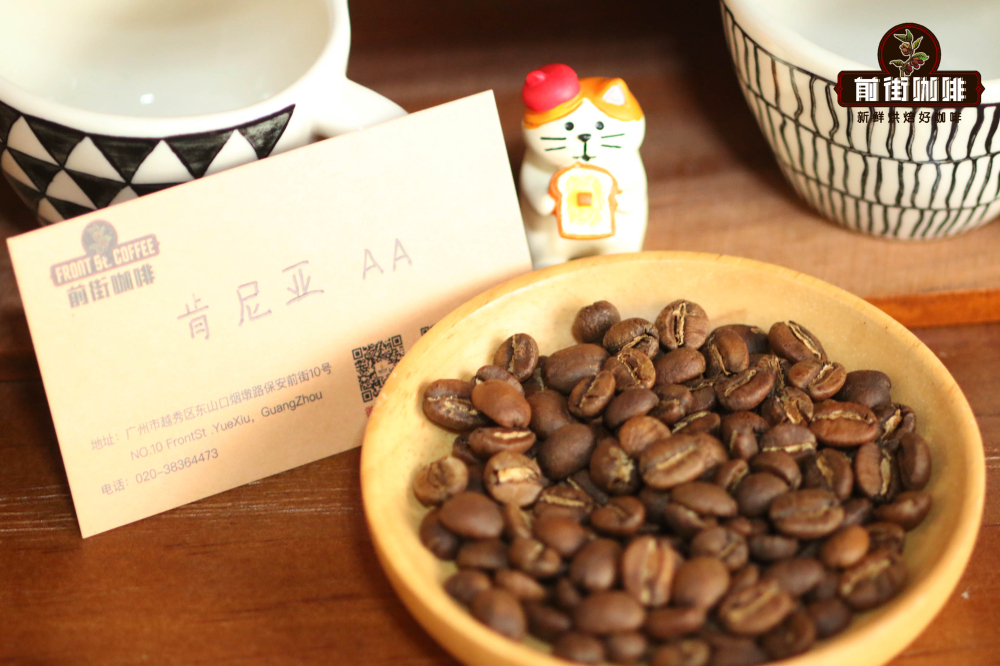
Front Street Coffee Asalia, Kenya
Producing area: Sika, Kenya
Processing plant: Asali honey processing plant
Altitude: 1550-1750m
Varieties: SL28, SL34
Treatment method: K72 washing
Asalia, Kenya's front street coffee, has a bright and clean sour taste, not only because of its light roasting, but also because of Kenya's phosphoric acid-rich red soil, K72 treatment, and varieties of coffee beans.
K72 treatment, also known as Kenyan 72-hour fermentation washing treatment. The treatment process is to peel the ripe fresh coffee cherries picked on the same day, ferment them in the fermentation tank for 24 hours, then introduce clean river water to wash them, then ferment them for 24 hours, and repeat them for 3 times to achieve a strong fermentation effect of 72 hours.
Most of the coffee beans produced in Kenya are SL28 and SL34. SL28 and SL34 are selected varieties after many times of cultivation. SL28 belongs to the bourbon gene group, with the original bourbon bright tonality and rich acid. The lineage of SL34 is closer to the gene of iron pickup, and its acid quality is milder than that of SL28. Flavor description
Azaria's acidity is very lively, as a whole like a cup of fruit juice, used to make ice drop coffee with the fragrance of virgin fruit and grapefruit, refreshing and light acidity, the overall feeling is very fresh and clean, very suitable for summer drinking.
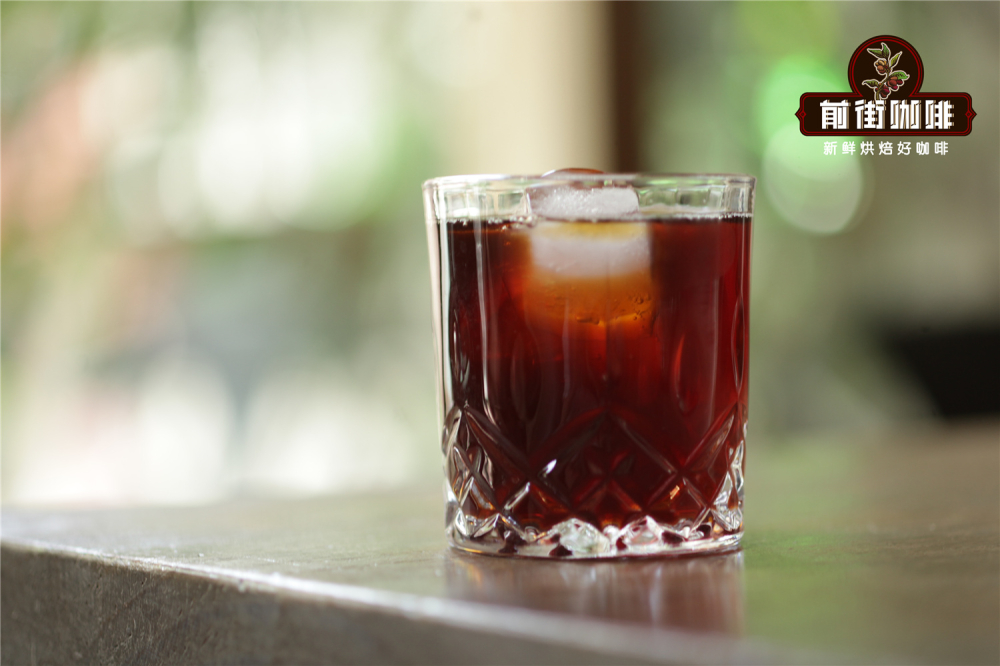
Professional coffee knowledge exchange more coffee bean information please follow the coffee workshop (Wechat official account cafe_style)
For more boutique coffee beans, please add private Qianjie coffee on Wechat. WeChat account: kaixinguoguo0925
Important Notice :
前街咖啡 FrontStreet Coffee has moved to new addredd:
FrontStreet Coffee Address: 315,Donghua East Road,GuangZhou
Tel:020 38364473
- Prev
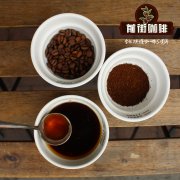
Ratio of water injection to coffee powder dripping coffee powder to water ratio of coffee powder to water
Professional coffee knowledge exchange more coffee bean information Please pay attention to the coffee workshop (Wechat official account cafe_style) the ratio of coffee to water for most brewing methods and tastes, you can start from 1:15 to 1:18. The first is coffee with a strong flavor. The second one will be lighter. I suggest you give it a try and try different proportions at the same time to make sure you are interested in different baking and
- Next
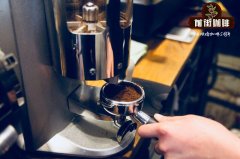
Ratio of gouache in espresso to gouache in espresso
Professional coffee knowledge exchange more coffee bean information please follow the coffee workshop (Wechat official account cafe_style) espresso similarly, technically speaking, espresso is a kind of granule. But it is also very different from drip coffee because of the pressure involved. It also creates a completely different extraction, much smaller and more flavored. Because of the types of coffee machines, such as
Related
- Beginners will see the "Coffee pull flower" guide!
- What is the difference between ice blog purified milk and ordinary milk coffee?
- Why is the Philippines the largest producer of crops in Liberia?
- For coffee extraction, should the fine powder be retained?
- How does extracted espresso fill pressed powder? How much strength does it take to press the powder?
- How to make jasmine cold extract coffee? Is the jasmine + latte good?
- Will this little toy really make the coffee taste better? How does Lily Drip affect coffee extraction?
- Will the action of slapping the filter cup also affect coffee extraction?
- What's the difference between powder-to-water ratio and powder-to-liquid ratio?
- What is the Ethiopian local species? What does it have to do with Heirloom native species?

